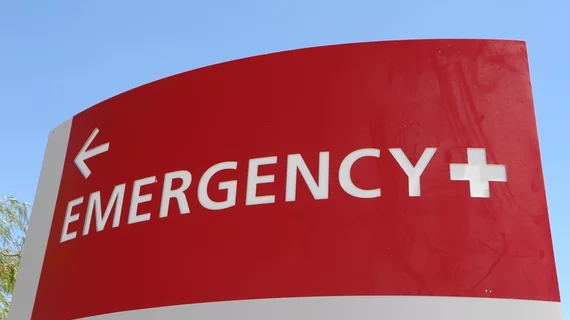Kaiser Permanente fined $18K by OSHA for MRI accident
Kaiser Permanente faces an $18,000 fine following a serious MRI accident at one of its hospitals in Redwood City, California.
According to a story in The Daily Post, the magnetic field of an MRI machine unexpectedly pulled a metal bed and a nurse several feet across a room, resulting in severe injuries to her pelvis, right leg, and abdomen. She required several days of hospitalization before recovering.
The accident occurred when the nurse was moving a metal bed toward the MRI room where a door was accidentally left open. Both the nurse and the bed were suddenly pulled towards the MRI machine, where she became crushed between them.
In response to the incident, Kaiser said it has implemented safety measures, such as posting warning signs between prep rooms and MRI rooms. The organization also told The Daily Post they are conducting a deep dive into corrective actions to prevent similar occurrences.
Additionally, according to the coverage, the hospital's chief executive nurse met with the injured nurse's family to offer support and assistance.
Kaiser was fined $18,000 by OSHA for not having a proper plan to ensure that the door between the preparation area and MRI room remained closed.
To read the full story with more context, click the link below.

